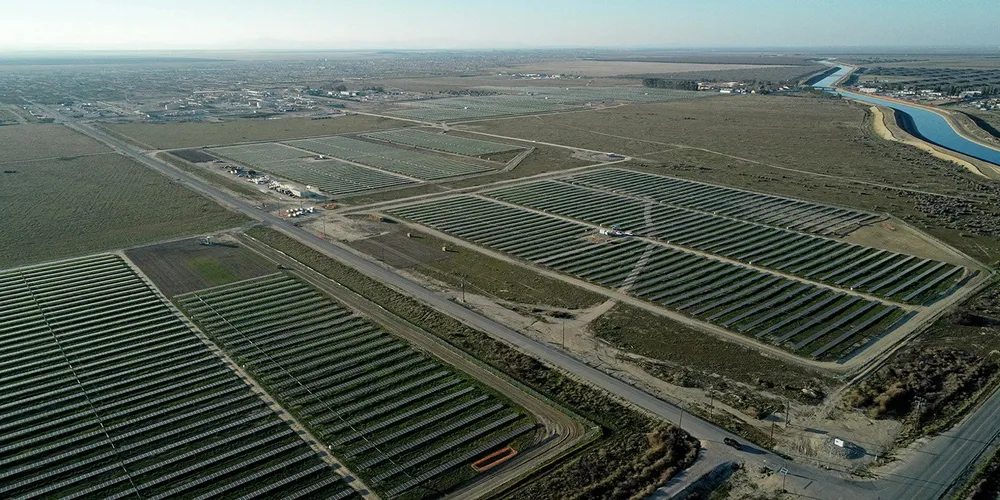Oil giant Chevron's first renewable hydrogen plant to tap California green power
The 5MW facility is due to supply H2 refuelling stations throughout the state from 2026, depending on 'flexible and supportive' policies at state and federal level

The 5MW facility is due to supply H2 refuelling stations throughout the state from 2026, depending on 'flexible and supportive' policies at state and federal level
